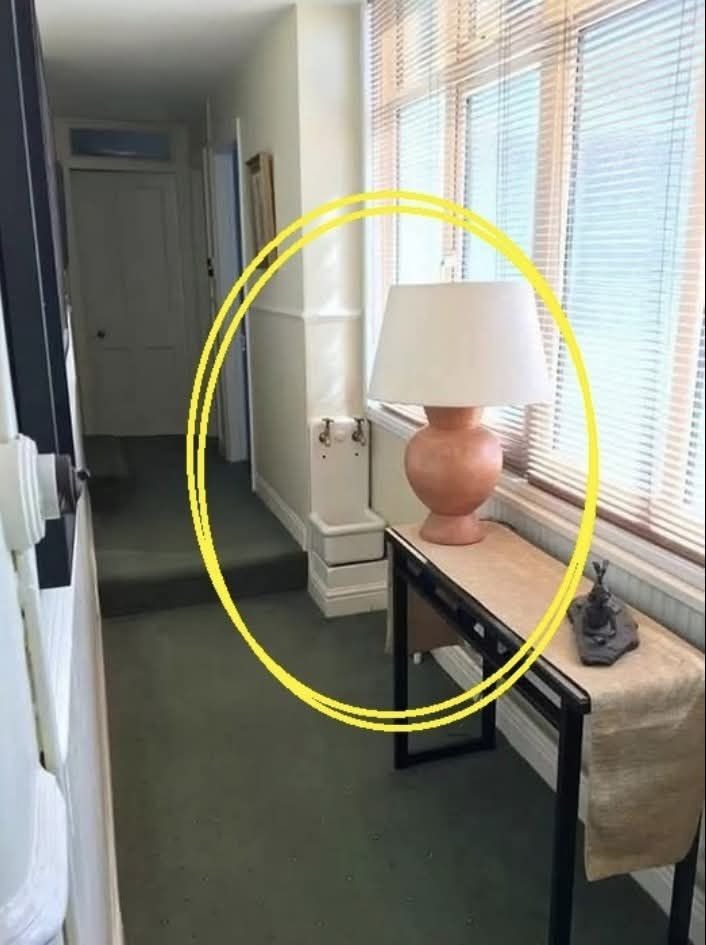D. Laundry and Cleaning
What It Was For: Some hallway sinks were used for small-scale laundry tasks, such as soaking delicate fabrics or rinsing cleaning rags.
Why It Mattered: Without modern washing machines, these sinks provided a secondary location for quick cleaning jobs.
3. Architectural Trends and Social Norms
The placement and design of hallway sinks were influenced by the architecture and etiquette of the time:
A. Separation of Spaces
In grand Victorian and Edwardian homes, there was a strong emphasis on separating public and private spaces. A hallway sink allowed people to tidy up discreetly before entering formal rooms like parlors or dining rooms.
B. Compact Design
The small size of these sinks reflected the limited space available in hallways or landings. Builders prioritized functionality over luxury, creating utilitarian fixtures that blended seamlessly into narrow spaces.
C. Status Symbol
Installing a sink in a hallway was also a subtle display of wealth and modernity. Indoor plumbing was still a luxury in many households, so having multiple water sources throughout the home signaled affluence and sophistication.
4. Why Did They Disappear?
As times changed, so did the need for hallway sinks:
A. Improved Plumbing
By the mid-20th century, most homes included full bathrooms with running water, eliminating the need for supplementary sinks in hallways.
B. Changing Lifestyles
Advances in technology (e.g., dishwashers, washing machines) reduced the reliance on auxiliary sinks for chores. Additionally, casual living trends led to less emphasis on formalities like pre-dinner handwashing.
C. Space Constraints
As homes became smaller and more streamlined, the impracticality of dedicating valuable square footage to a tiny sink outweighed its utility.
5. Rediscovering Their Charm Today
In recent years, some homeowners restoring historic properties have embraced these quirky sinks, incorporating them into modern designs. Here are a few creative ways to repurpose them:
Bar Area Sink: Perfect for cocktail prep or chilling drinks.
Pet Grooming Station: Ideal for washing pets’ paws or grooming tools.
Mudroom Feature: Useful for rinsing garden tools or muddy shoes.
Decorative Element: Leave the sink as-is to preserve the home’s character and history.
Conclusion: A Peek Into the Past
The tiny hallway sink is more than just an architectural oddity—it’s a window into the daily lives, values, and innovations of our ancestors. Whether used for handwashing, flower arranging, or servant duties, these compact fixtures reflect the ingenuity and resourcefulness of earlier generations. While they may seem out of place in today’s homes, they remain enduring symbols of a time when functionality and elegance went hand in hand.
Have you encountered one of these charming relics in your travels? Share your story or thoughts—we’d love to hear about your experiences with these unique pieces of history!
ADVERTISEMENT

